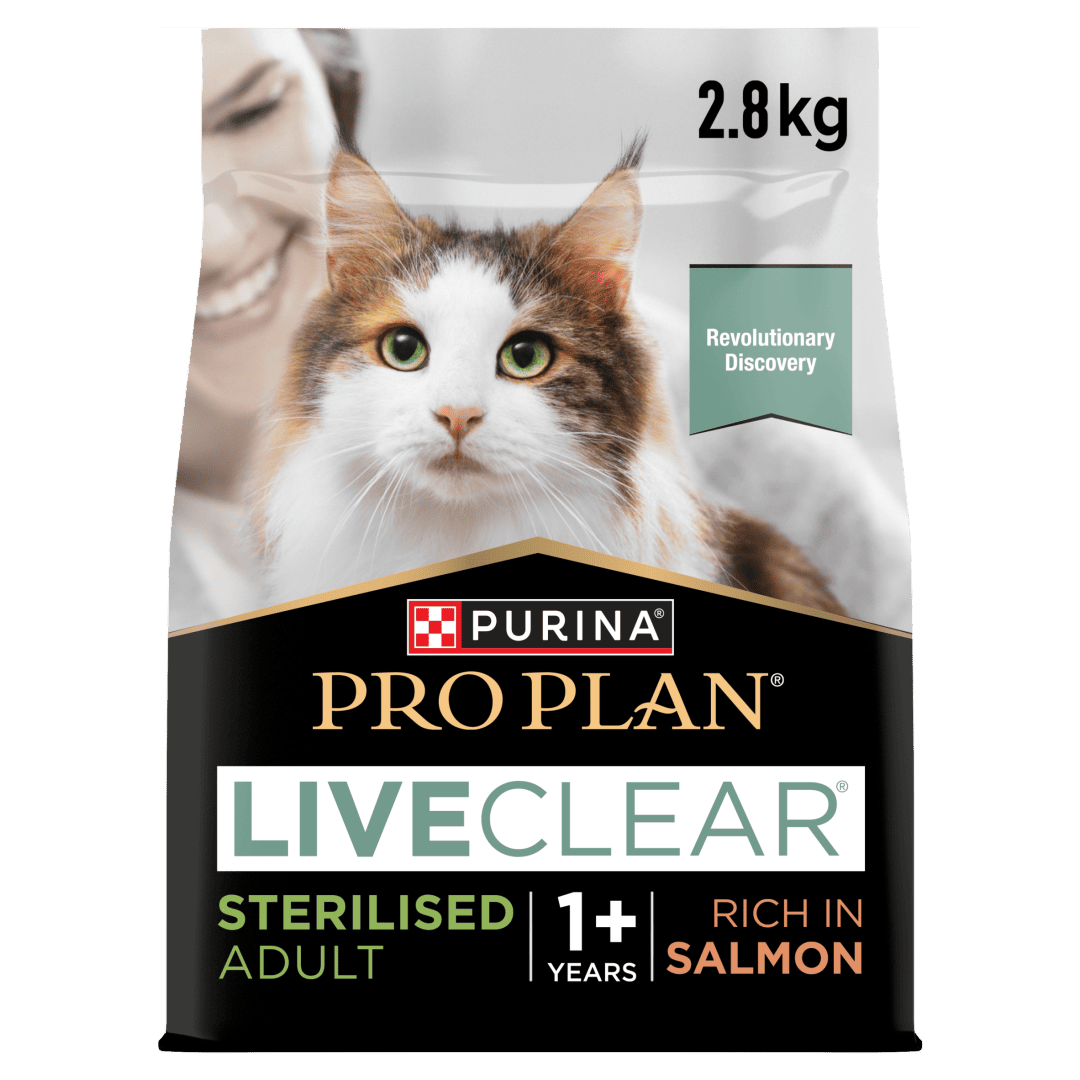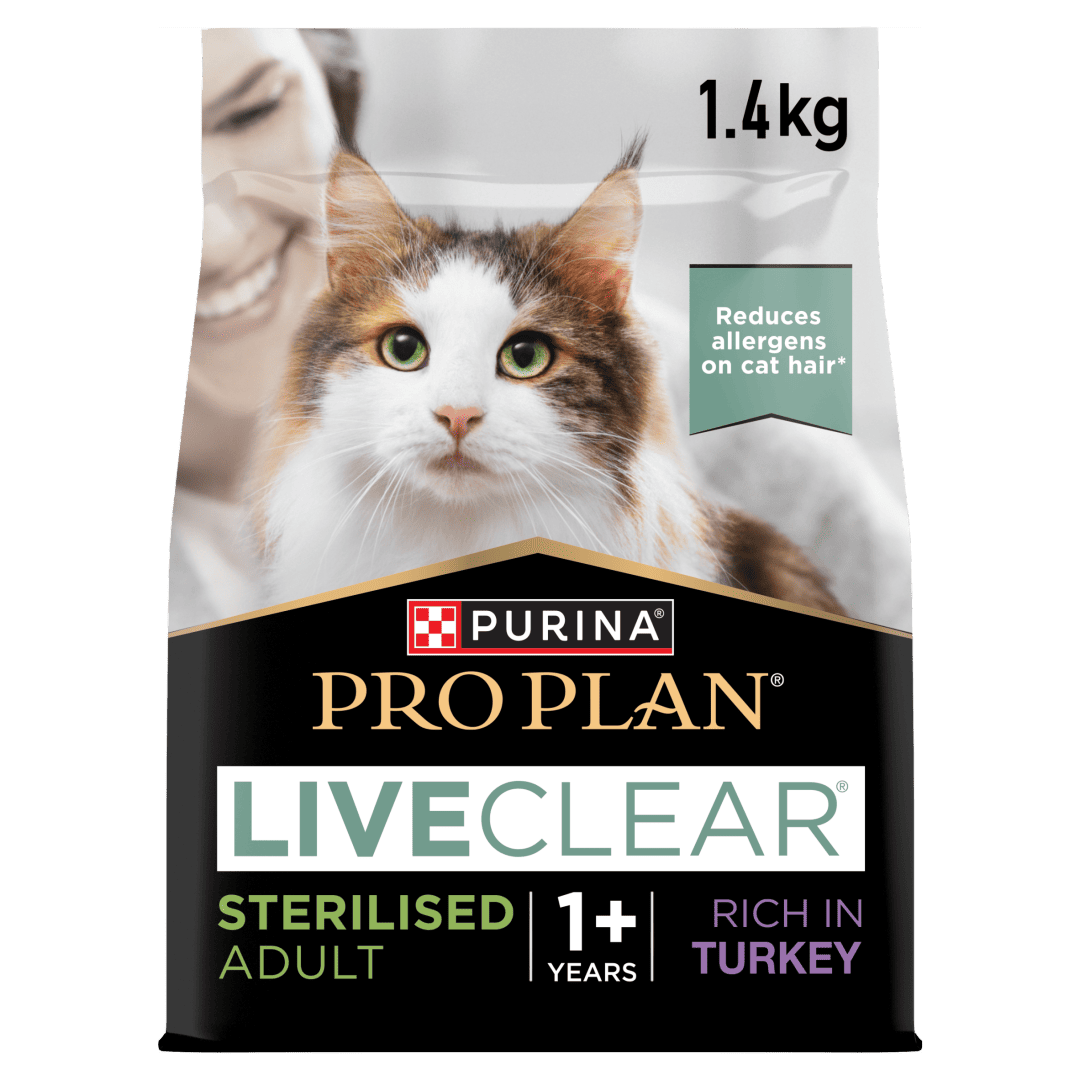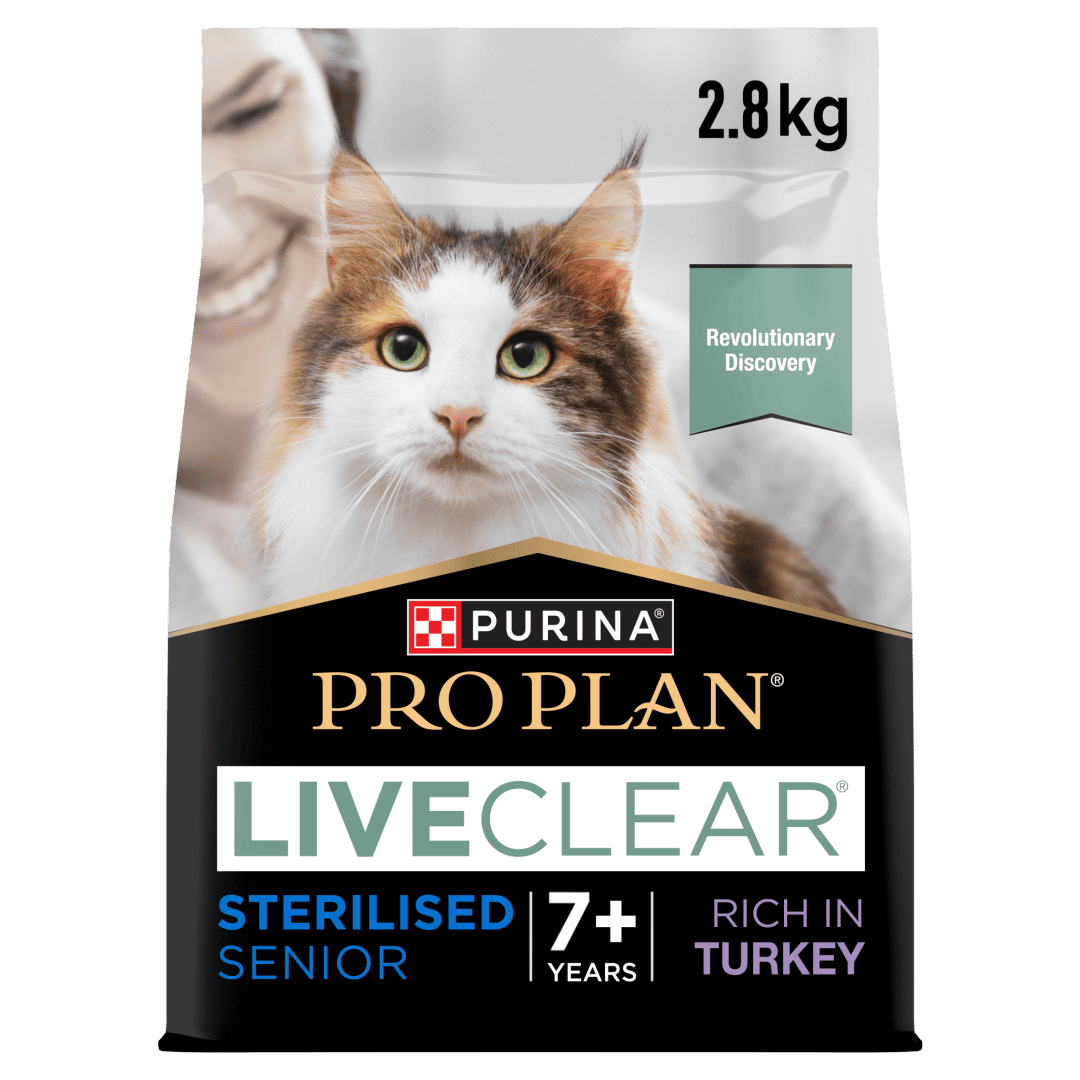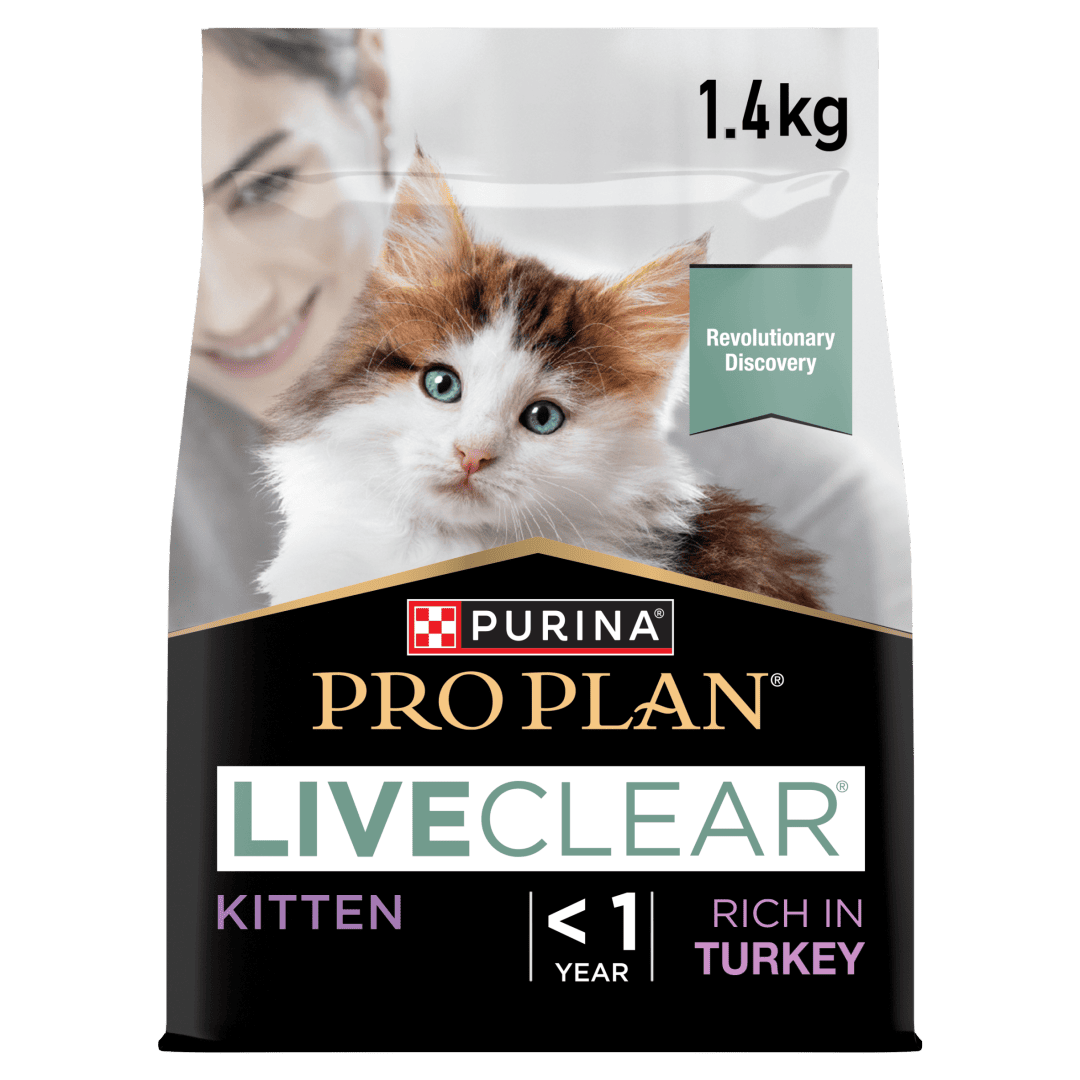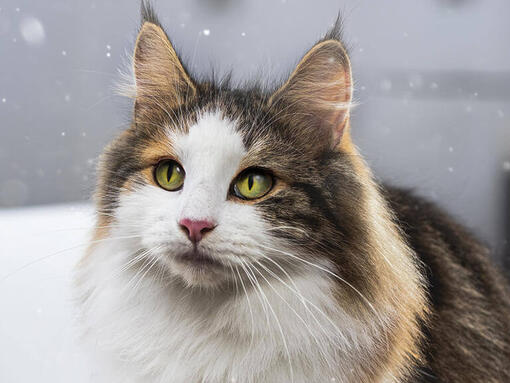
A major breakthrough in managing cat allergens
.
Purina scientists have found a way to safely reduce active levels of the major cat allergen found in cats’ saliva.
This is a significant breakthrough as it can transform the way people manage cat allergens. Now, rather than limiting their exposure to the cat, individuals can limit their exposure to the allergen instead.
These allergens have created a huge barrier to cat ownership and may limit the loving interactions between cat lovers and cats. Our discovery has the potential to transform how people manage cat allergens.
Dr. Ebenezer Satyaraj Purina Immunologist
- As many as 1 in 5 adults worldwide experience cat allergens.
- Avoidance or rehoming is a common recommendation to manage cat allergens.
Impact of cat allergens
Many people go to great lengths to reduce allergens in their environment, such as daily cleaning and frequent washing. Cat allergens can limit people’s interactions with cats, and sadly, they’re also a common reason why cats are given to shelters. Due to this, allergens can create an additional barrier to cat adoption and ownership.
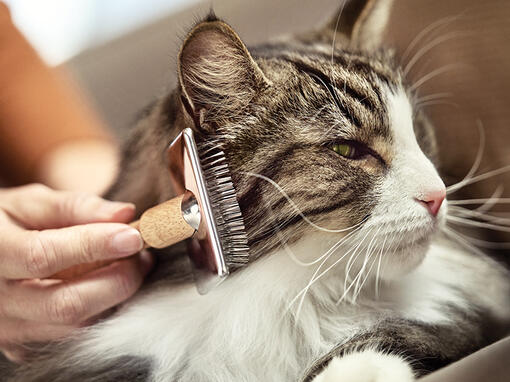
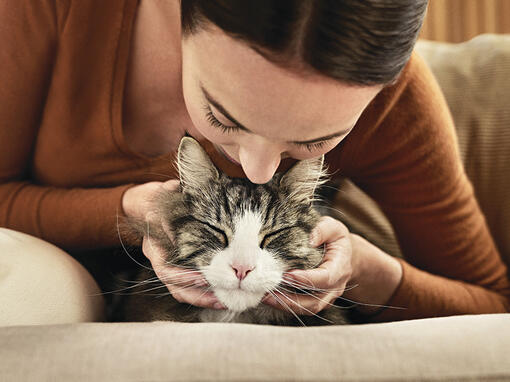
Fel d 1: The major cat allergen
[Fel • Dee • One] noun
This is a protein produced in a cat’s salivary and sebaceous (skin) glands. It gets transferred to cat’s hair and skin during grooming then is dispersed in the environment via hair and dander (dried flakes of skin).
A revolutionary, feline-friendly way to manage cat allergens
After more than a decade of research, Purina scientists discovered the primary cat allergen can be reduced when cats eat a diet containing an egg product ingredient with antibodies. These antibodies safely bind and block Fel d 1 in cats’ saliva and this inactive Fel d 1 gets transferred to the hair when grooming. This is a safe, feline-friendly approach and does not interfere with with Fel d 1 production or change the cats’ overall physiology.

Our studies
According to a landmark Purina study, of cats fed this egg ingredient, 97% showed decreased levels of active Fel d 1 on their hair and dander. On average, there was a 47% reduction of active Fel d 1 on cats’ hair beginning with the third week of feeding the diet.
The decrease in active Fel d 1 on cats’ hair and dander can help reduce cat allergens that get shed into the environment.

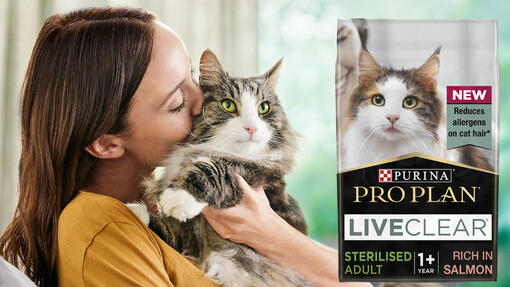

A major breakthrough in managing cat allergens
We believe nothing should stand between you and your cat. Not even cat allergens. Discover the difference our Pro Plan LiveClear range could make to your allergen management routine – to get you and your cat closer.

